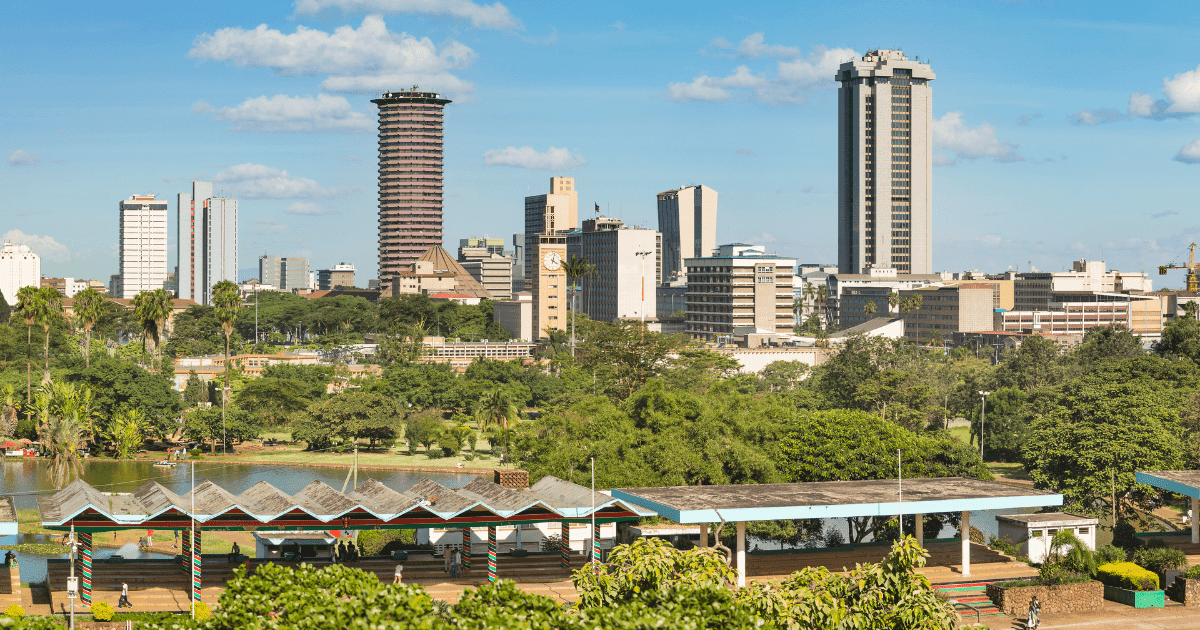We're loading the full news article for you. This includes the article content, images, author information, and related articles.
A sharp downturn in approvals for non-residential buildings signals a cooling market for Kenyan investors, driven by an office supply glut, rising construction costs, and shifting work-from-home dynamics.

Investment in Nairobi's commercial property sector has slowed dramatically, with the value of non-residential building plans approved in August 2025 plummeting by 41.2% to a 27-month low of KSh 1.6 billion. This marks a significant retreat from the KSh 2.7 billion recorded in the previous month, according to data released by the Kenya National Bureau of Statistics (KNBS) on Thursday, 30 October 2025. The sharp decline underscores a growing caution among developers, attributed to a confluence of rising construction costs, high interest rates, and an existing oversupply of office space in key business districts like Westlands and Upper Hill.
Overall, the total value of building approvals in Nairobi for the first eight months of 2025 stood at KSh 114.3 billion, a substantial drop from the KSh 148.5 billion approved during the same period in 2024. While residential approvals showed some resilience, rising 13.8% to KSh 9.6 billion in August, the sharp contraction in the commercial sector dragged down the city's overall construction outlook.
The slowdown is not occurring in a vacuum. Developers are grappling with a challenging economic environment. The KNBS reported in its third-quarter Construction Input Price Indices that the cost of key materials has continued to climb. Reinforced steel bars saw a 5.2% price increase, sand rose by 3.63%, and fuel and lubricants, critical for transport and machinery, were up 3.53% in the third quarter of 2025 compared to the same period last year. These rising input costs directly impact project viability and profitability, forcing many investors to reconsider or postpone new commercial ventures.
Financing has also become a significant hurdle. Although the Central Bank of Kenya (CBK) has made efforts to encourage lending, commercial bank loans to the construction sector saw a notable 12.4% drop, from KSh 602.7 billion in 2023 to KSh 528.0 billion in 2024, as detailed in the KNBS Economic Survey 2025. This credit squeeze, coupled with high interest rates, has tightened liquidity in the sector, making it more expensive for developers to fund new projects.
A fundamental driver of the investment slowdown is the persistent oversupply of commercial office space. Key nodes such as Upper Hill and Westlands have experienced a building boom in recent years, leading to a market saturated with Grade A and B offices. This glut has given tenants the upper hand, leading to competitive rents and lower rental yields for landlords, which Cytonn Investments noted has created a tenant-favourable market.
Compounding the issue is a structural shift in work culture accelerated by the global pandemic. Many companies have adopted hybrid or fully remote work models, reducing their need for large, centralized office spaces. Daniel Ojijo, chairman of the real estate firm Homes Universal, noted on 30 October 2025, that this change in working style has lowered the appetite for traditional commercial space. In response, developers are increasingly favouring mixed-use developments that combine residential units with smaller, ground-floor commercial spaces to mitigate risk and cater to evolving demand.
The construction sector has long been a vital engine of Kenya's economic growth and a significant source of employment. However, the recent slowdown poses a risk to both. The KNBS Economic Survey 2025 reported a mere 0.7% growth in the construction sector in 2024, a steep decline from the 3.0% expansion recorded in 2023. A Central Bank of Kenya survey from October 2025 indicated a bleak job outlook, with no construction firms planning to hire new workers, a stark contrast to July when 20% intended to expand their workforce. This contraction in one of the country's key sectors could have ripple effects, impacting job creation, financial sector stability, and overall GDP growth. While government infrastructure projects are expected to provide some support, the cooling of private commercial development in Nairobi points to a period of cautious consolidation for the real estate market.
Keep the conversation in one place—threads here stay linked to the story and in the forums.
Other hot threads
E-sports and Gaming Community in Kenya
Active 7 months ago
Popular Recreational Activities Across Counties
Active 7 months ago
The Role of Technology in Modern Agriculture (AgriTech)
Active 7 months ago
Investing in Youth Sports Development Programs
Active 7 months ago